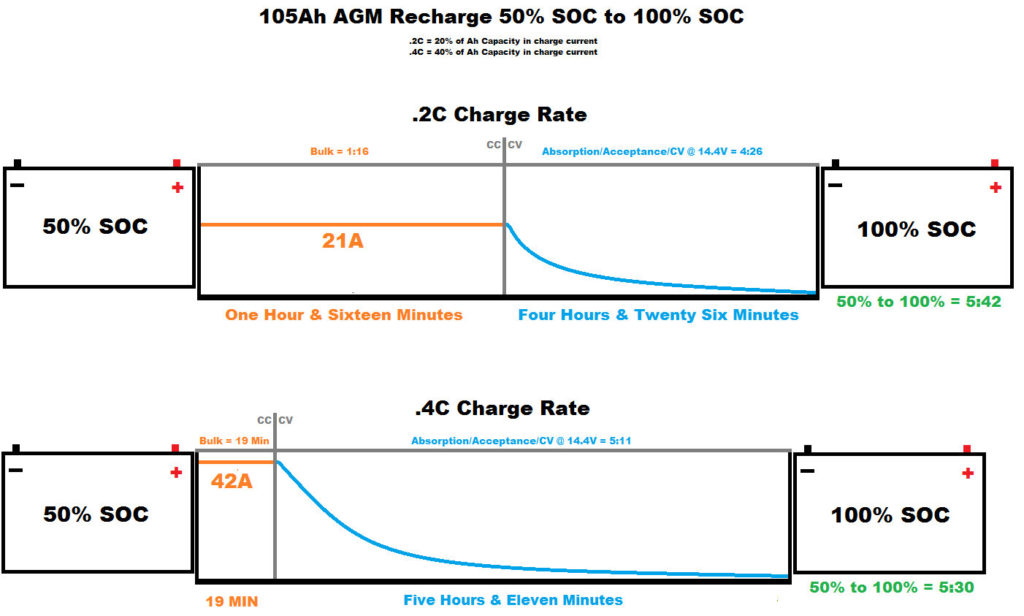Mirrors my experience with Renogy with a DOA 12v>>2000w inverter. They wanted me to replace a nearly new battery bank that was showing 12.4v at rest saying it was dead. And that was only the beginning.
Terrible company.
Peter
They are good at one thing, social media marketing. They will sell you the chrome off a trailer hitch...Oh wait your ball rusted.. Ghosted....


